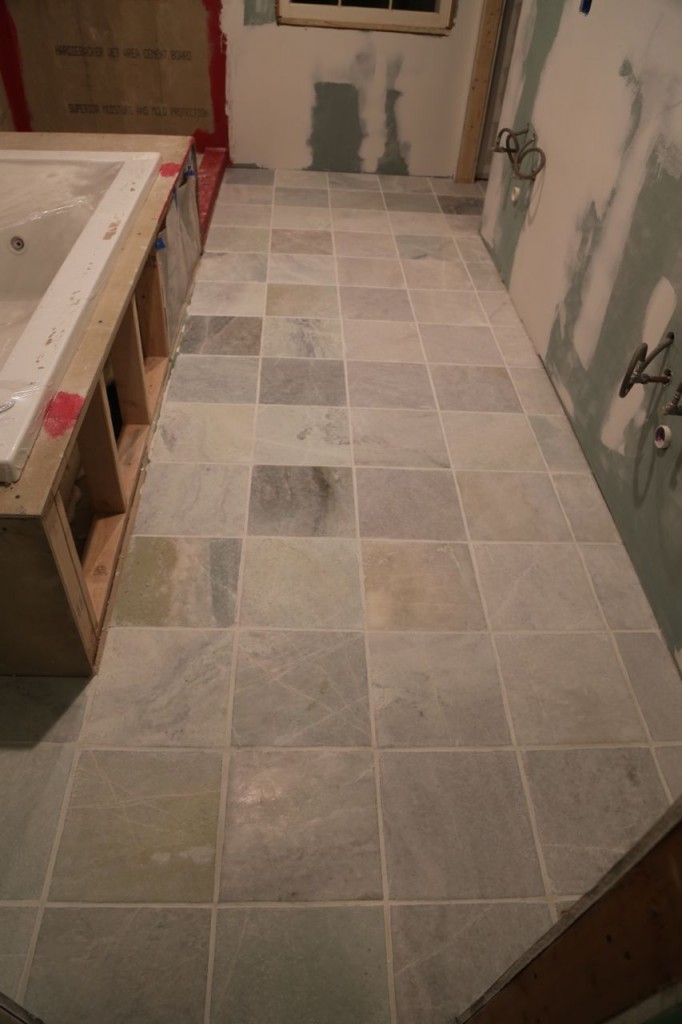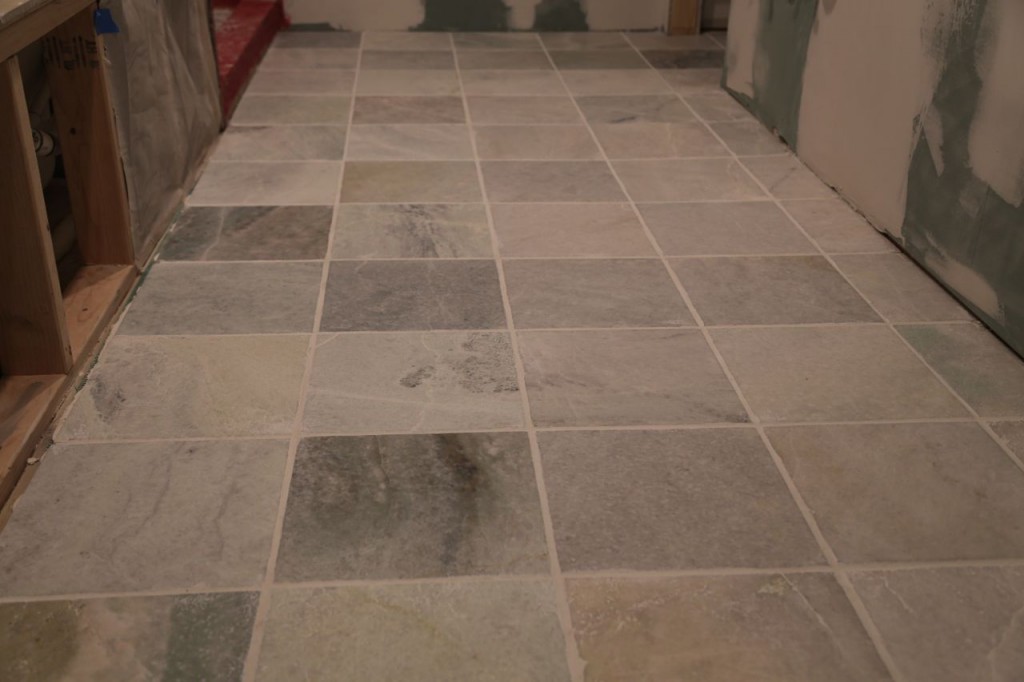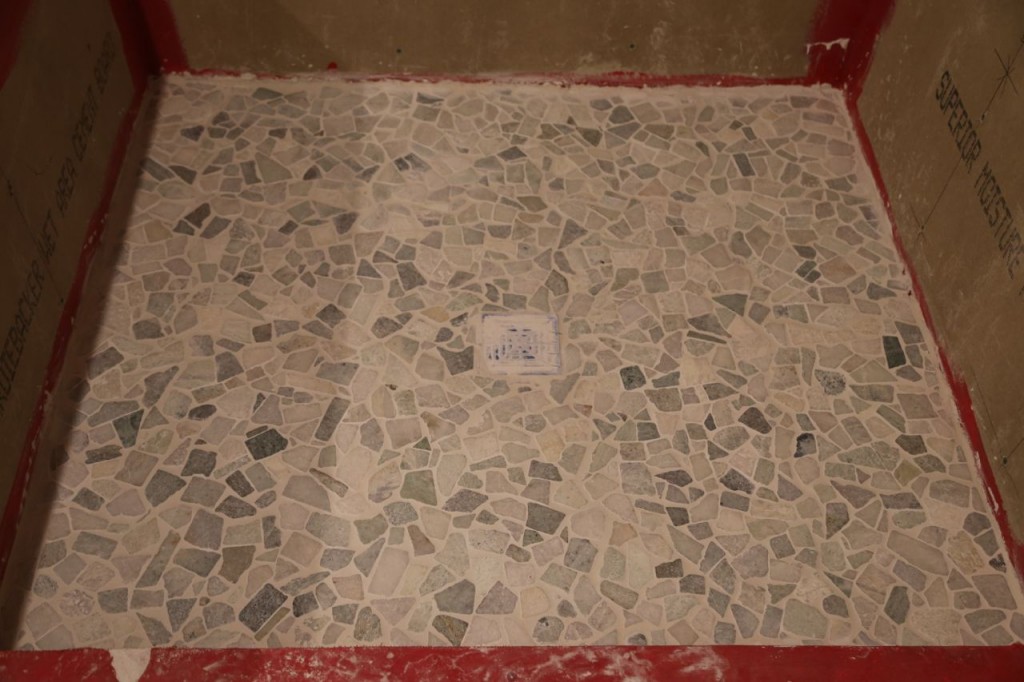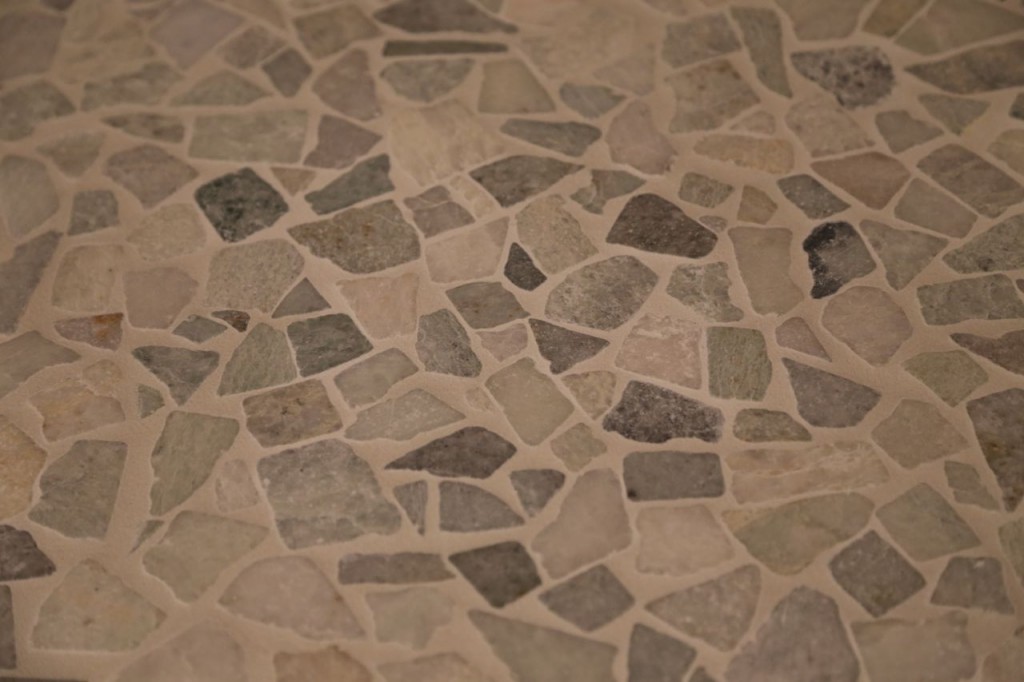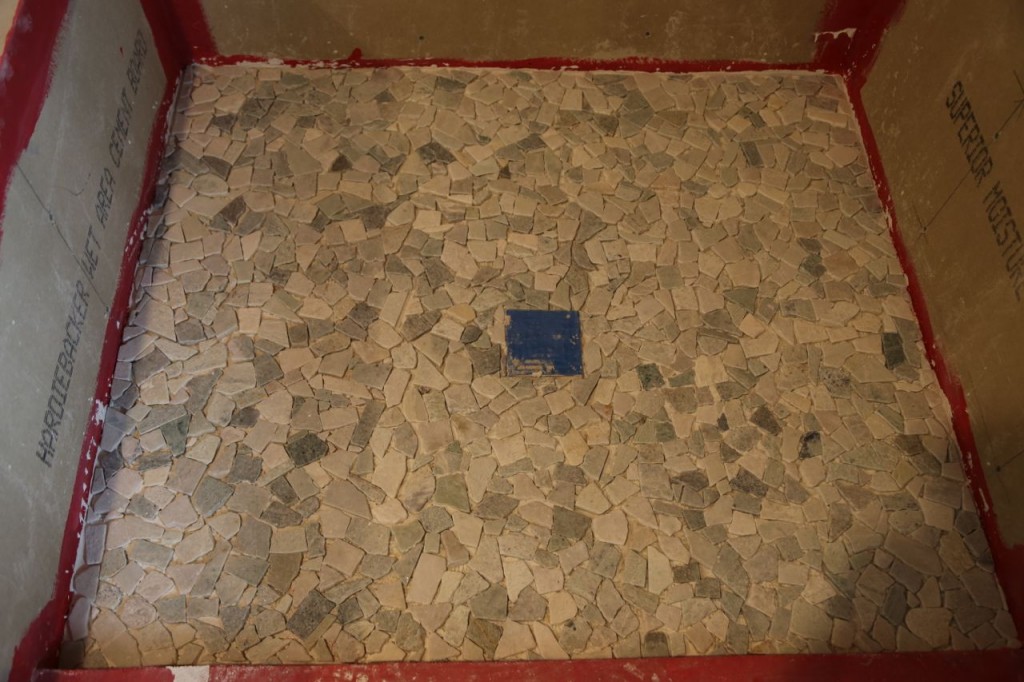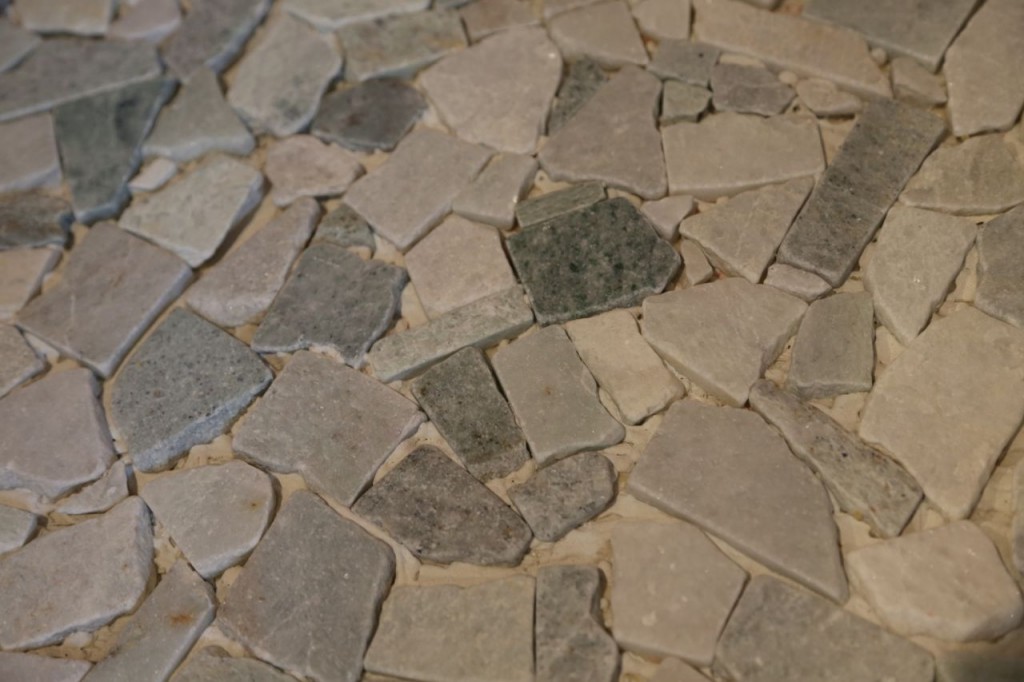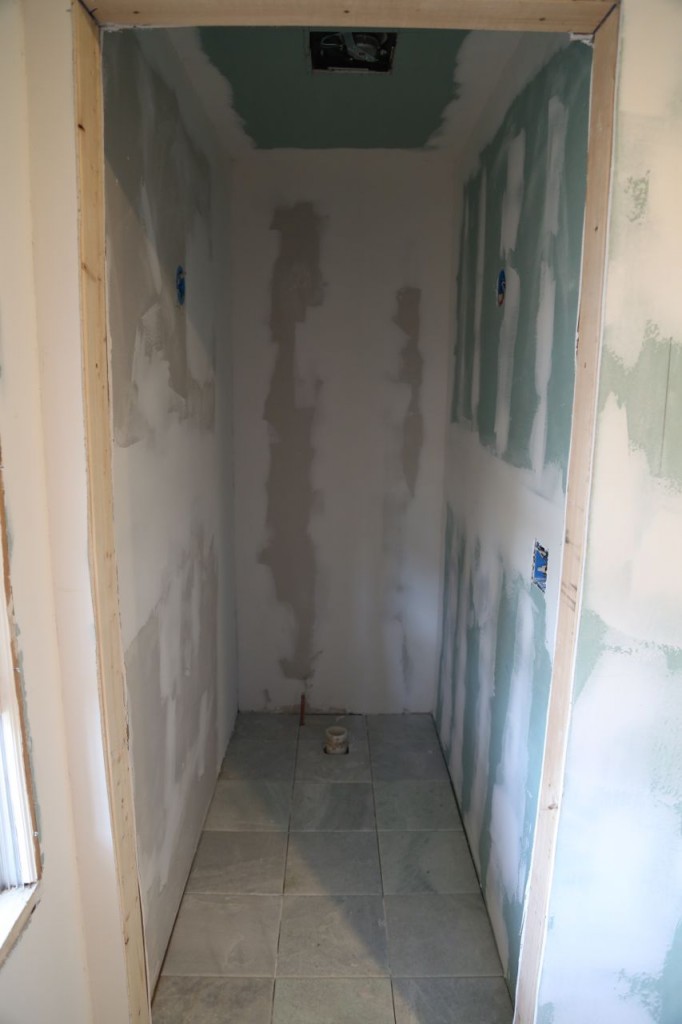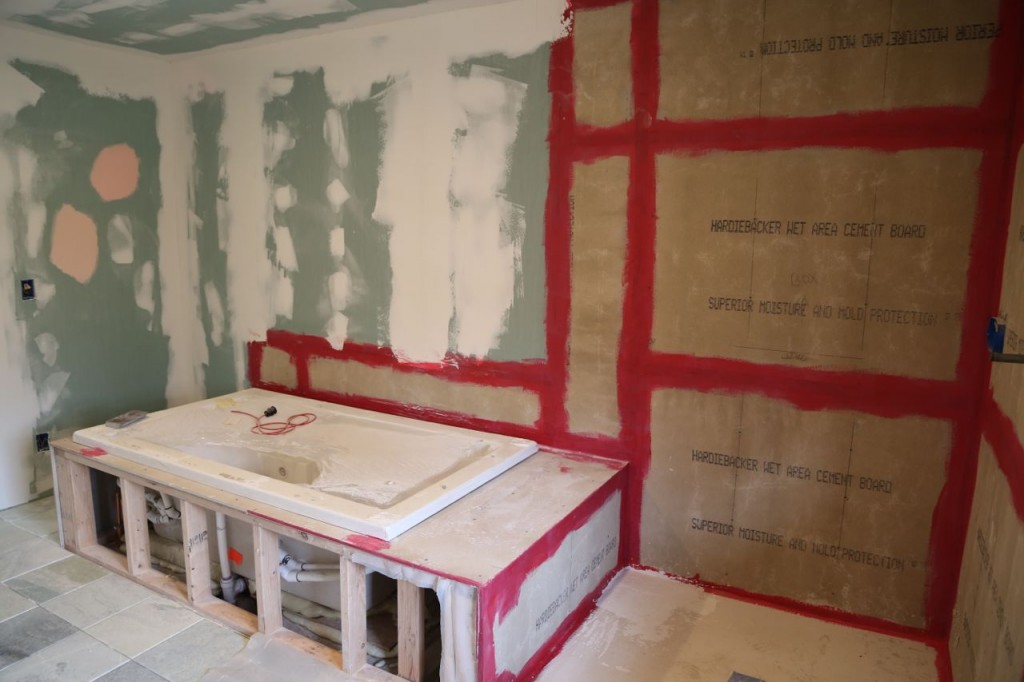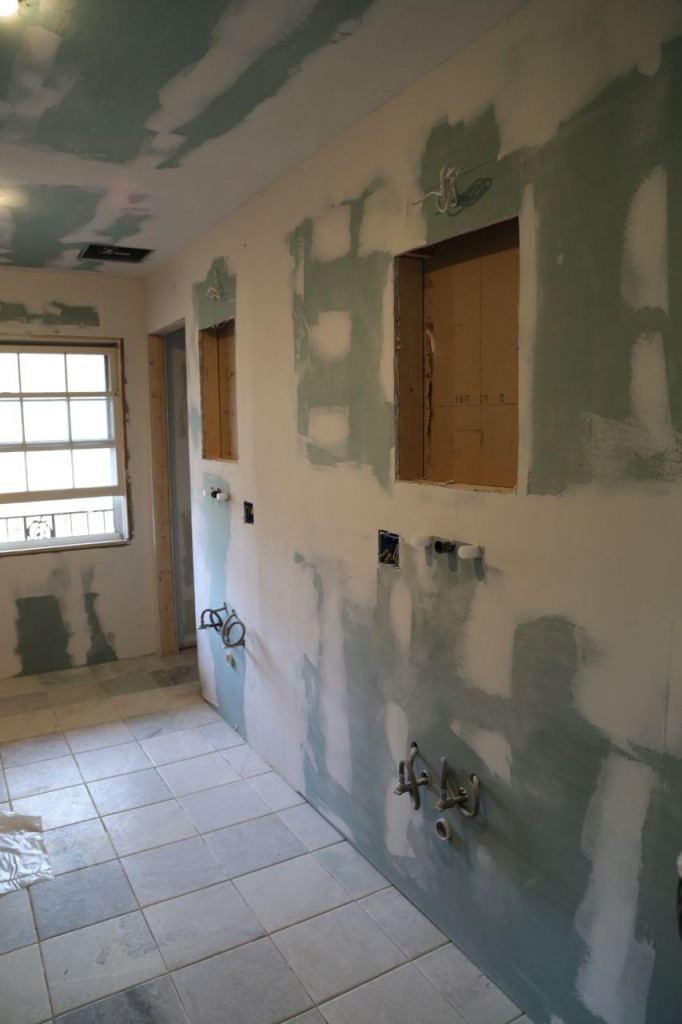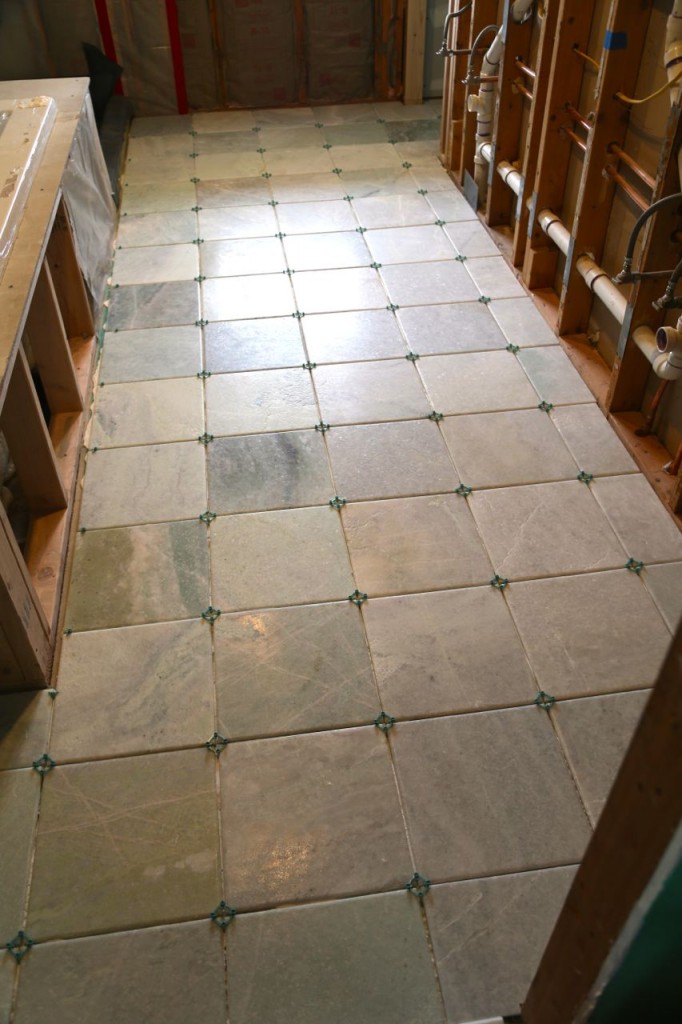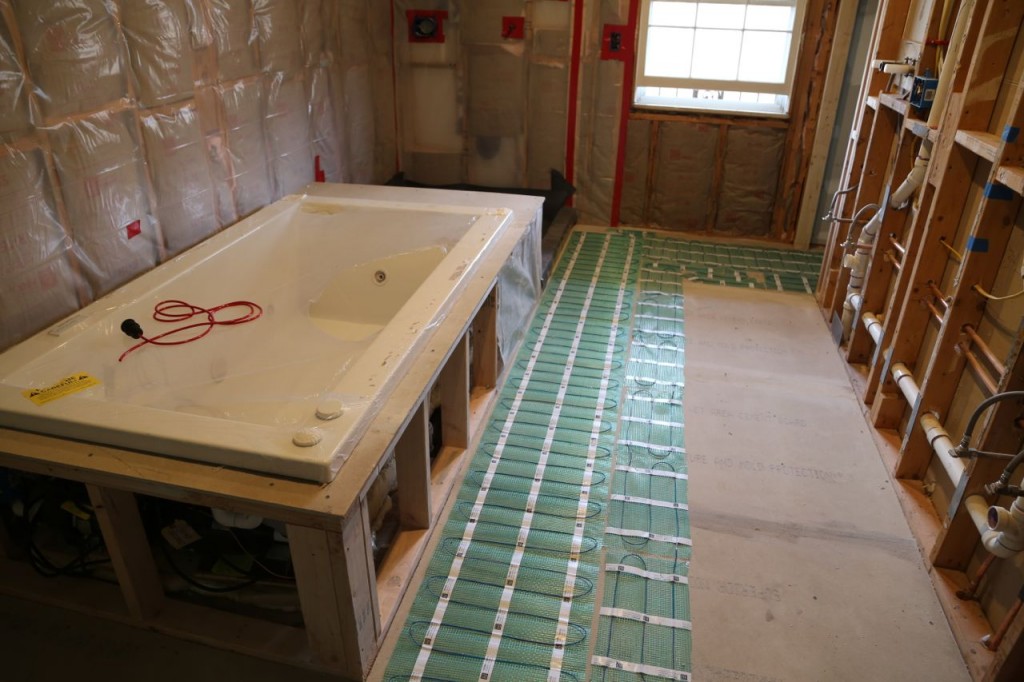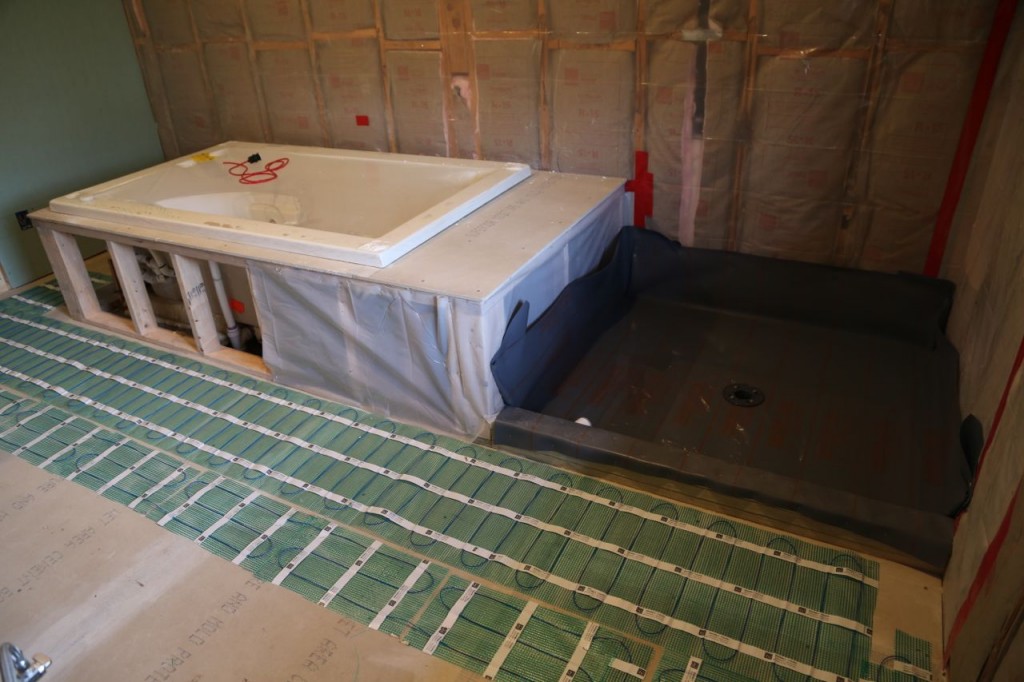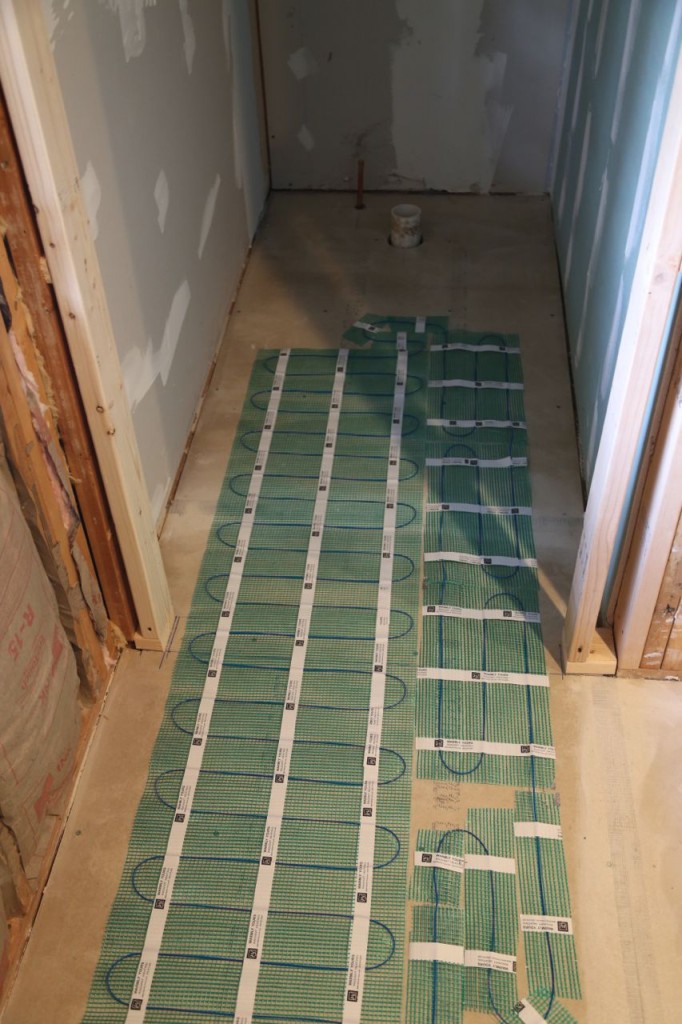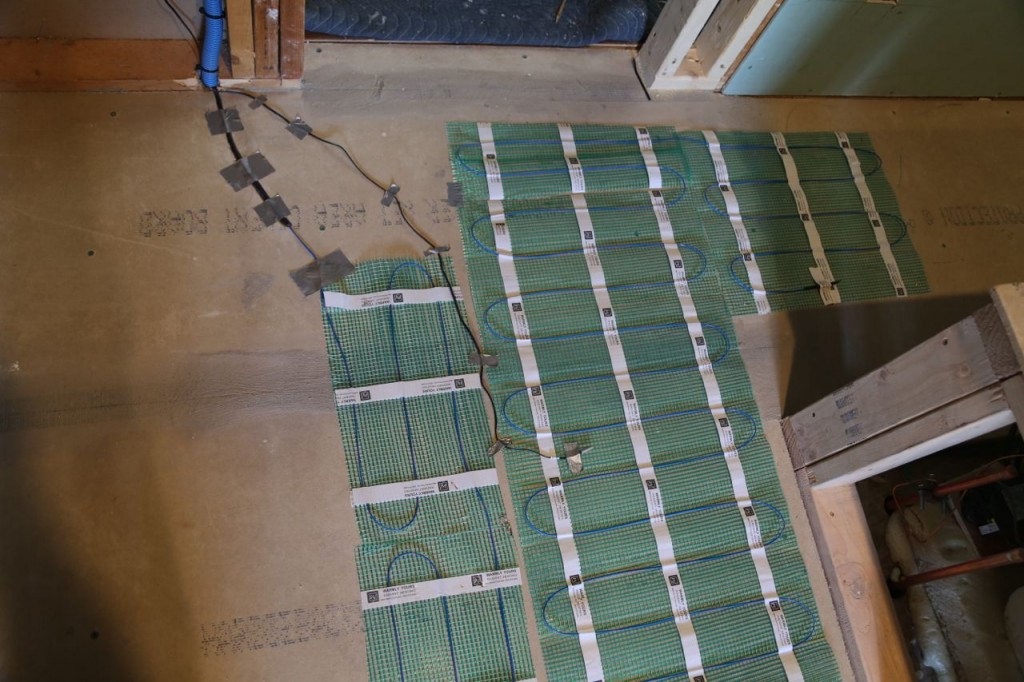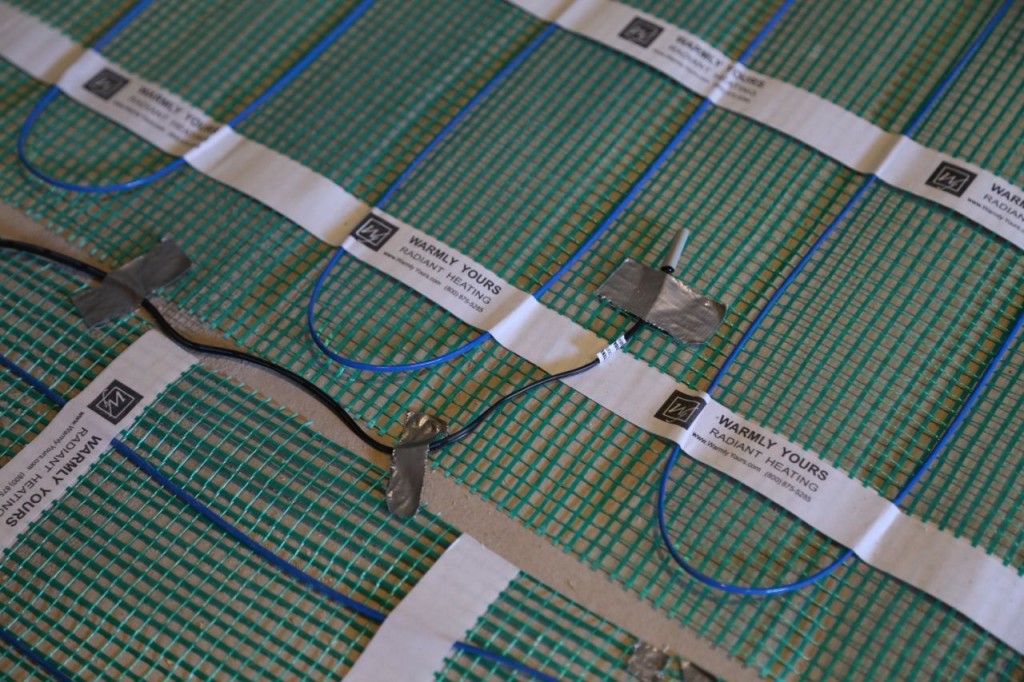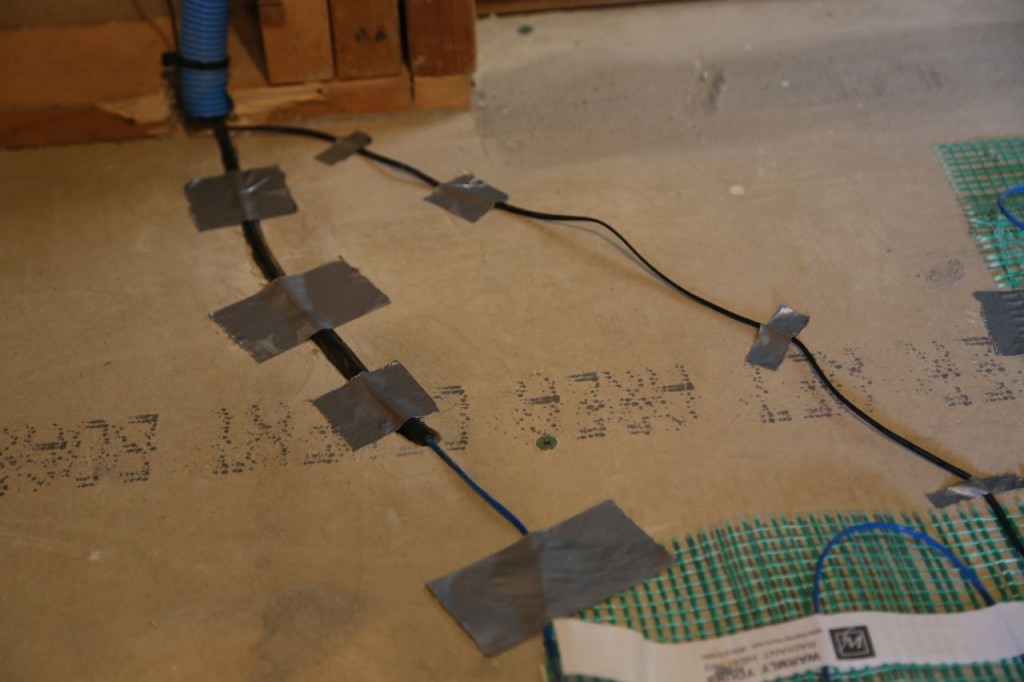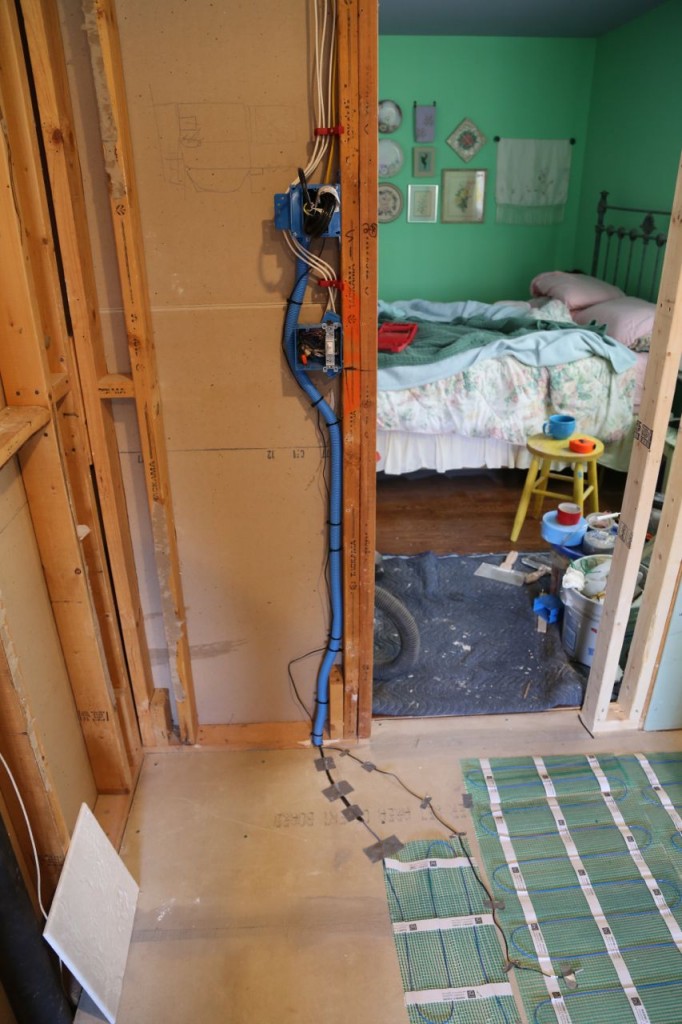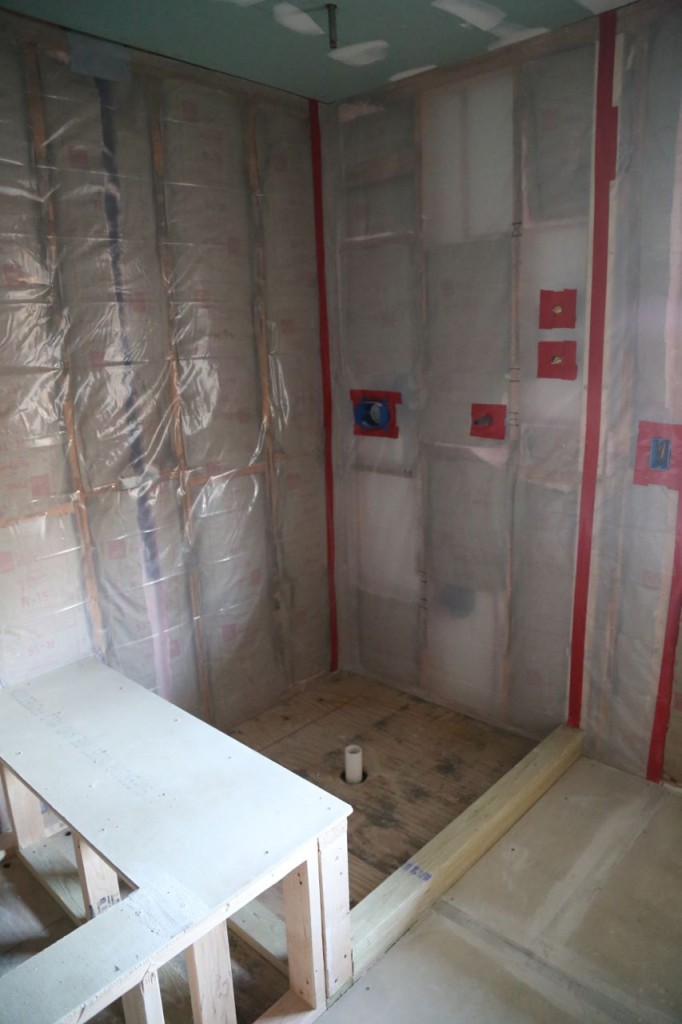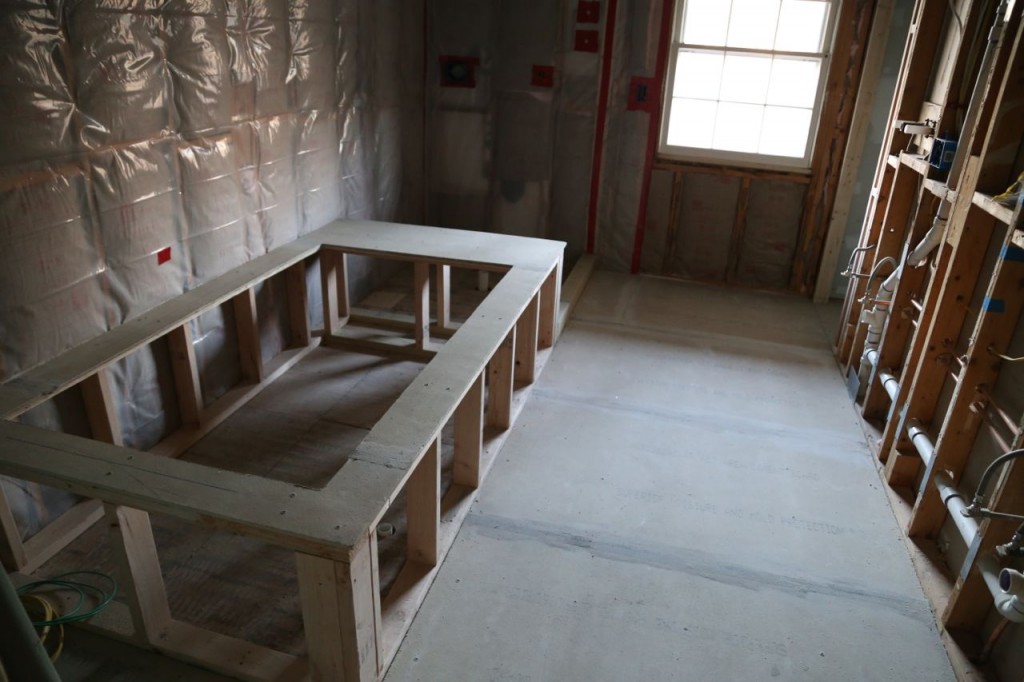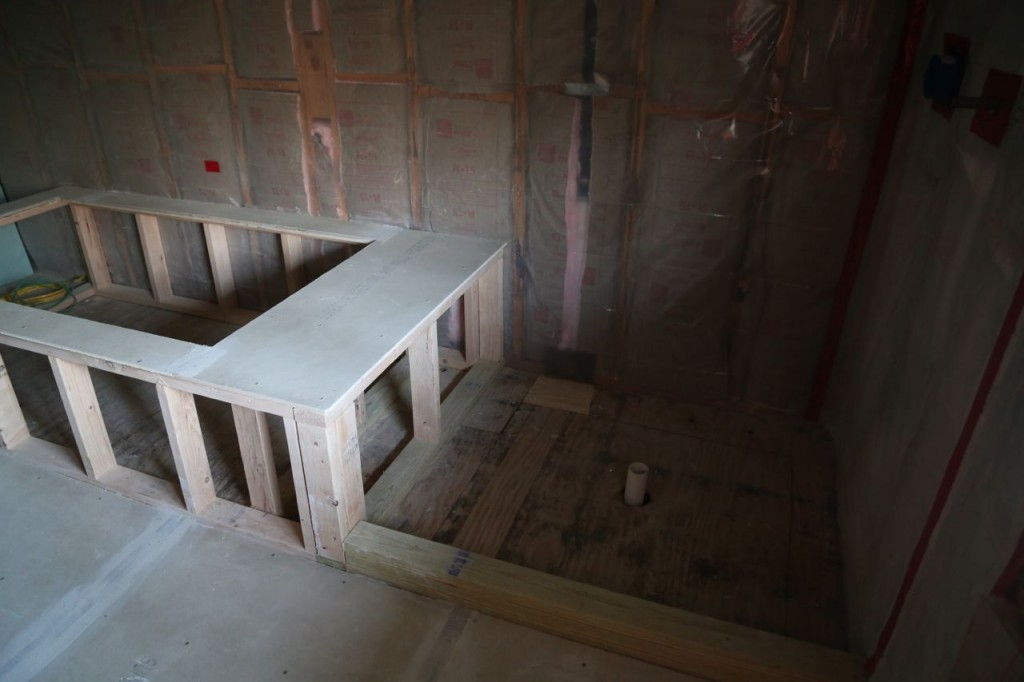There is a bridge that is being demolished near my office that is now my destination and entertainment on my daily lunchtime walks. I previously posted video of the demolition of a concrete column. The other day during my visit, a crane with a hanging vibratory hammer was driving steel sheet pilings into the riverbed to form a cofferdam. There was already a cofferdam around one of the bridge piers, which has now been demolished. I am assuming this new cofferdam will surround the next pier, so it can be removed. The before and after photos of the pilings being driven are below as well as video of it happening.
Month: March 2014
Totes McGotes, Too
In December 2013, I wrote a very silly blog post about the phrase Totes McGotes that I heard in a Sprint commercial with James Earl Jones and Malcolm McDowell. Amazingly, the writer of the commercial commented on my very silly blog post, or perhaps I should say my Totes McGotes silly blog post. Totes McGotes has continued to be a favorite phrase with my friends and I, and as far as I can tell with many other people. Then again, I continue to be unhip, so it is possible everyone else has moved on to a new more hip phrase. When I Google search the phrase Totes McGotes, my blog post is on the first page of results, but I admit I can’t be completely positive that it would be if any other person ran the search, or if it is tied to my Google account. However I continue to see the phrase used in memes and on photos with goats.
Seriously, how can you not love the phrase especially when paired with photos of cute goats? Then again, these photos make me wonder if goats are particularly portable in totes. Are they just the perfect combination of size, docility, and shape that make them so popular to tote in a tote bag? How long has goat toting been a thing? Do goats just not mind being toted? Are goats in tote bags the new small dog in a designer purse? Anyway, my wonderful friends are always happy to tag me when sharing one of these wonderful photos. Another friend has now shared with me this wonderful shirt, which now I must have. No doubt in ten years, I will be laughing at this phrase as so silly and stupid, well I already think it is both, but still I enjoy using it now. Please friends, don’t stop sending me links to the goofy Totes McGotes stuff, especially with the cute goats.
Bathroom Floor Is Finished!
Sunday I grouted the bathroom floor including the shower floor, so I can officially call the floor finished. I consider that progress. I grouted those at the same time because I used sanded grout for both. The sanded grout gives more strength and flexibility that is needed on floors than an unsanded grout.
Shower Floor Tile Laid
I laid the shower floor tile on Saturday. The tile is the same marble that is used on the bathroom floor. The bathroom floor tile is 12 in x 12 in tile with a brushed finished. The tile in the shower are smaller pieces that have been tumbled into odd shapes and placed on a mesh to give a cobblestone appearance. I really like using this type of tile for a shower floor because it is naturally slip-proof and feels really good on the feet. The only problem with using this type of tile though is fitting the different pieces together. They don’t line up the way regular shaped tile does. I removed pieces from the mesh of unused tile to fill in any gaps where the tiles met or where a tile met the edge of the shower. It is a bit of extra work, but I really like the appearance and think it is worth it.
Drywall Installed
The walls are now covered. Hardibacker board covers most of the areas that will be covered with tile. Hardibacker board was used for the shower area and the backsplash of the bathtub. There will also be a tile backsplash for the vanity, but hardibacker was not necessary there. All other areas have been covered with green board. A cement base was poured in the shower.
Photo Texting a Wrong Phone Number?
This evening someone texted me a photo that caused me to contact the police. I didn’t recognize the phone number, but according to a quick internet search, it is a Richmond, Virginia phone number. I have an iPhone, and the text says iMessage, so I am fairly sure the sender had to have been using an iPhone. There was no message, only a photo. The photo appears to be a child, maybe age 10. I am not sure if it is girl or boy. The photo appears to have been taken at a slight angle and shows the child’s face laying sideways on a (possibly) bed. There is an adult’s hand pressing down on the top of the child’s head with the thumb between the eyebrows pressing down hard enough to cause the forehead skin to bunch down below the thumb. The child is not smiling. The child’s mouth is slightly open, and while the child doesn’t exactly appear to be in pain, the child doesn’t look comfortable. The photo appears to have been taken in a house as I can see a bookshelf with framed photos in the background.
I didn’t know what to do when I got it, other than to take to Twitter to ask for advice. I finally decided to call my local police’s non-emergency phone number. The woman I spoke to asked what I wanted to do. I learned they have no way to receive a text message, so if I wanted someone to look at it, then an officer would have to come to my house. After deliberating, I finally asked to have them send someone. A very nice officer came fairly quickly, remarkably fast actually considering this was a non-emergency call. I showed him the photo apologized for making him come if he disagreed that it was somewhat disturbing. While he never actually stated what he thought of the photo, I think he agreed the photo was at best weird. Also he never gave me an impression that he thought I was a lunatic for being concerned about this photo. Unfortunately I learned there was very little, in fact nothing he could do. He said since the photo was not pornographic and did not show a child in imminent danger, cell phone companies would give them very little information without a court order. He also stated what I knew, which is that even the phone number appears to be Richmond, Virginia, the phone could be anywhere. He said with Google voice numbers, it might not even be a cell phone exactly. [It was not until after he left, I realized the text said iMessage, hence must be an iPhone.] I told him that I didn’t contact the phone number at all, partially because I didn’t know if this was a weird scam or what the proper response was. He essentially said there was nothing they could do now, but if I keep getting photos from this number, and they get weirder, to contact them again. For now, I will keep the photo and hope I don’t get anymore, that the child is in no danger, and that it was just a weird joke or something perfectly reasonable that got sent to the wrong number.
The incident brings up so many questions though. First, I live in a fairly affluent municipality that is not exactly desperate for money. Also, as a suburb of Washington, DC, public safety is generally not skimped on fiscally. So how is it in 2014, my police department can’t receive a text? Forget about how much easier it would have been for me to forward this photo to them, what about if someone is in danger? It might be easier and safer to send a text than to have to possibly reveal themselves by speaking on the phone to a police operator. Is this some sort of technological issue or what?
Second, I’m curious what other people would have done in my place. What other options are there? The police don’t seem to have many options in this case. I don’t want to over blow this photo because again, it’s not pornographic, and the child doesn’t appear to be in imminent danger, but still, it would at least be nice to track down a name or something to allow the police or someone just to phone them. I don’t know what I would even like to occur if anything was possible. I am not a fan of Big Brother, but I don’t like this feeling of helplessness.
Advice, opinions, comments, ideas, want to tell me I worry too much (yes I know that)? Please leave a comment.
Edited to add: Someone informed me how to get location data out of a photo. According the metadata on photo, it was taken in outskirts of Richmond, Virginia. I can narrow it down to a couple of blocks based on the way it is mapping. I think I will start paying attention to news from that area for a bit or possibly look to see if there are missing child cases or anything like that. At least I will feel like I did something.
Master Bathroom Floor Tiled
I spent the weekend tiling the master bathroom. I got off to a late start Saturday, partially due to wet saw odyssey. However, Saturday, I got all the tiled laid out and cut the majority of tile that needed to be cut. I have never used a wet saw before, so I decided to cut the tile beforehand because I wasn’t sure how it would go. I was particularly concerned about cutting the tile near the toilet supply pipe and drain pipe. Then Sunday, I cut the rest of the tile and then did the actual mortaring the tile into place. I didn’t finish until early Sunday evening. I learned quite a few things during this experience.
- Arranging and cutting the tile beforehand was a good decision. By arranging everything in advance, I was then able to make the measurements to cut the tile properly. Cutting the tile beforehand saved me critical time in laying the tile before the mortar set.
- Laying tile on top of radiant heating mats makes the task that much more difficult. It is not incredibly difficult, but a plastic trowel is essential, so the trowel doesn’t cut through the wire. A thicker layer of mortar is necessary, and getting the correct thickness is tricky. Also, it makes leveling the tile more difficult, especially when some of the tile overlays the radiant heat, but some does not.
- In my opinion, laying tile on the floor is more difficult than on the wall because you have to keep moving your location. Also it is horrible on the knees, back, and lower legs.
- As long as I worked by continuously moving back towards the door, one row at a time, I was able to keep the tile evenly spaced and in line. I started at the back of the water closet, and then worked backwards into the main bathroom. At the end I encountered an issue because after I got to the end of the tub, I needed to start at the end of the aisle that leads to the wall cabinet that will sit next to the tub. Because I kept removing two rows at a time to keep a continuous layer of mortar, I had trouble keeping these tile exactly in line with the tiles down the main aisle. There was a small discrepancy where the two areas met where the grout line will be slightly thicker than the rest of the grout lines. Hopefully no one will notice but me. Problem was the mortar had already set at the back of that small area, so I couldn’t move the tile to make it fit. In hindsight, I should have marked the wall or something, so I would have known exactly where to lay the tile in that small area.
- When the mortar directions say it has a 20-30 minute working time, it really does. You don’t get more.
- Since I laid the tile out in advance, I then had to walk across many of them while working. At least three broke while I worked. The tile is 12 x12 inch marble tile, and many have a lot of veining. Those that broke, broke on veins. While they are clearly fragile, I do not know if it they would have broken after having been set on mortar and allowed to set. Thus, was their breaking before laid, a good or bad thing?
- As stated, I am using marble tile. The tile is green, gray, and white. One of the reasons, I laid the tile in advance was so that I could lay the prettiest and greenest tile in the highest visibility areas. This was a good decision.
- Keep a small, preferably disposable, bowl with some water and a rag near you to clean up potential excess mortar that comes up between tiles when pressing down a tile to level it.
- I need a new or better, or probably both, power drill. I bought a mixer attachment for my power drill to mix the mortar. When I tried to use it, it didn’t work all that well, and the drill started smoking a little. I ended up using the trowel to do most of the mixing, especially to get the powder out of the bottom corner.
- I am not as young as I used to be, and my knees, back, and lower legs are rather upset with me at the moment.
- Ferdinand the basset hound is rather underfoot. Okay, I knew that beforehand, but he really confirmed it today.
- Ferdinand can sleep within 15 feet of an operating wet saw. No, he is not deaf as he can hear a plastic bag holding sandwich bread being opened across the house. [I always give him a piece of the bread loaf ends.]
Radiant Heat Installation
After the master bathroom framing was completed, the plumber installed the bathtub and the shower liner and drain. Then I was able to install the radiant heat. The electrician then came to connect the radiant heat wiring, and then I was able to get all the concealment inspections done. I am so happy the renovation is really starting to progress. On a side note, the plumber poured water into both the bathtub and shower liner to test that neither leaked and left it in there for the inspection. While the inspector was here, Ferdinand the basset hound came in, found the water in the shower liner, and proceeded to drink said water. He then came back several times later while there was still some water left to drink. He has deemed it a fine water bowl.
Laying the radiant heat was fairly easy. It comes in a roll, so all I had to do was unroll it and cut the mesh in places to make turns. Figuring out the turns was a bit of a geometry problem. It is only laid where a person will actually walk and not under the cabinetry. I bought a programmable thermostat for my radiant heat, so I can have it automatically heat up in the morning before I wake. It will be so nice in the winter. Because of the thermostat, there is a sensor that sits in between the electric wire to detect the temperature on the floor. It will also be covered by mortar and tile like the heating wire. One minor problem I had was that the wire that connects the radiant heat coils to the thermostat is rather thick, too thick to be buried in the mortar. I finally bored a canal of sorts for it in the Hardi backer board that serves as a subfloor. Now it lays flat, or at least does not pop up any farther than the radiant heat coils.
Formaldehyde in Baby Shampoo: Cancer or Sensitivity Issue?
An article was recently published in Slate about Johnson & Johnson reformulating its baby shampoo to remove formaldehyde. The article discussed how some people’s somewhat misguided fears about a known carcinogen, formaldehyde, caused its removal from baby shampoo, when in reality if you are worried about carcinogenic exposure to formaldehyde, baby shampoo should be the least of your concern. As the article’s author, Tara Haelle, correctly points out, formaldehyde is a naturally occurring substance. It is produced in normal atmospheric reactions and when wood burns, both during natural forest fires and human caused fires. It is also produced during anthropogenic activity from numerous industrial processes and petroleum fueled combustion, i.e. cars, ships, airplanes (Salthammer et at. 2010).
I have a few issues with this article, however. First, it states “high enough doses of inhaled formaldehyde can cause cancer, leading OSHA and the EPA to set limits for safe exposures.” Second, it quotes two chemists who say in different ways that the toxicity of a chemical is related to its dose or the amount of exposure, and it essentially states that formaldehyde only causes cancer in high doses. Finally, it completely fails to mention another reason why formaldehyde may have been removed that has nothing to do with cancer.
The problem I have with the second point, is that formaldehyde is a carcinogen, and the toxicological theory with carcinogens, is that exposure to one molecule of a carcinogen can theoretically cause cancer, depending on the carcinogen’s mode of action. With non-carcinogens, it is appropriate and scientifically accurate to say that the dose makes the poison. There are substances that to be healthy you need in some dose, but exposure to too high of doses can lead to detrimental health effects, for example iron and a whole bunch of metals. There are others that you don’t need at all, but you can be exposed to a certain dosage with no ill effects. However, with carcinogens depending on the mode of action for the carcinogenicity, it is believed that there is no safe level of exposure. In theory, all it takes is one molecule to cause a cell to multiply out of control and cause cancer. This is where the carcinogenic mode of action is important. The carcinogenic mode of action refers to how a particular carcinogen actually causes cancer to be initiated. If, for example, a carcinogen’s mode of action is mutagenicity, like radiation, then exposure of any dose can potentially cause the effect that leads to cancer. Thus, there is considered to be absolutely no safe level of exposure to that carcinogen. Each additional exposure increases your risk of getting cancer. However, there are other carcinogenic modes of action, and carcinogens with certain other modes of action would be considered to have a exposure threshold below which no cancer would occur.
So what about formaldehyde? What is its mode of action for carcinogenicity? Is there a safe level of exposure below which there is no risk of cancer? In the US, that appears to be in debate. This brings me to my next point. It is misleading, and in my opinion just plain legally and scientifically incorrect, to state that OSHA and EPA set limits for safe levels of exposure. The EPA has calculated formaldehyde’s Inhalation Unit Risk (IUR) for cancer to be 1.3 x10-5 per µg/m3. “EPA estimates that, if an individual were to continuously breathe air containing formaldehyde at an average of 0.08 µg/m3 (8.0 x 10-5 mg/m3) over his or her entire lifetime, that person would theoretically have no more than a one-in-a-million increased chance of developing cancer as a direct result of breathing air containing this chemical.” The word “increased” is important. It means that it is already assumed that there will be a certain number of cancer cases, and this concentration would cause additional cases above background. Furthermore, EPA states that for calculation of cancer risk from formaldehyde exposure, a linear approach with a multistage procedure due to additional risk at higher concentrations should be used. A linear approach means that any exposure causes a cancer risk with each exposure increasing the risk, and the multistage procedure means that high concentration exposure causes risk to increase at a greater rate. A linear approach is the more conservative method with carcinogens and is normally used when there is not enough scientific evidence to devise a threshold or a different risk method. With that being said, EPA is currently reviewing its toxicity assessment for formaldehyde, and it is possible when that assessment if finalized, EPA will change it cancer risk approach. With respect to OSHA, they have set an permissible exposure limit (PEL) at 0.75 parts formaldehyde per million parts of air (ppm) as an 8-hour time weighted average. The reasoning behind this level is complex, but in part, they state “this PEL represents OSHA’s best judgment of the exposure limit, along with the ancillary provisions, necessary to eliminate a significant risk of harm to employees.” The phrase “significant risk” is in there because their calculations, like the EPA’s, involve uncertainty and probabilities. They are not stating that below the PEL there is no risk, it is just not as significant. Neither OSHA or EPA is stating that below some level of exposure, formaldehyde will not give you cancer. They are stating it unlikely or insignificant compared to a background cancer risk. Below the set levels, the risks are really low, but they still exist.
Back to the baby shampoo. I do, in fact, agree with the point of the article that formaldehyde in baby shampoo is not a concern for cancer. However, I would not state it will not cause cancer. I would state that possible formaldehyde exposure in baby shampoo is highly unlikely to cause cancer. An additional point, which is not in the article, is that formaldehyde is not readily absorbed through the skin, and the amount of volatilization of formaldehyde, which could then be inhaled, from baby shampoo is likely to negligible.
With all that being said, I don’t necessarily agree that removal of formaldehyde from baby shampoo is a case of chemophobia and an overblown reaction by a company. It is possible that Johnson & Johnson removed formaldehyde not because of cancer concerns but because formaldehyde is a known sensitizer and allergen. Many skin care products contain formaldehyde or formaldehyde-releasing preservatives, which include quaternium-15, diazolidinyl urea, DMDM hydantoin, imidazolidinyl urea, bronopol, and tris nitro. While only a small percentage of people have a sensitivity or allergy to formaldehyde, for those that do, it is safest to avoid any exposure. Whether or not baby shampoo containing formaldehyde could cause a person to actually develop a sensitivity or allergy is another subject.
I have no idea why Johnson & Johnson actually decided to remove formaldehyde from baby shampoo, other than that it was a business decision. However by removing formaldehyde, regardless of any cancer concerns, there is now a small but real percentage of potential consumers who can buy their baby shampoo without concern of skin reactions due to their formaldehyde sensitivity or allergy. Thus assuming there is another safer preservative that can be used in place of formaldehyde, its removal would seem, to me at least, to be a good business decision, as they have increased their customer base to people with certain skin sensitivity and allergies.
Master Bathroom Framing
Framing of the master bathroom is now complete. Both doors have been framed. The tub platform has been built, and the shower has been framed. I now once again have a ceiling, and drywall has been placed on some of the walls. Hardi board has been placed on the floor. Things are moving along.





